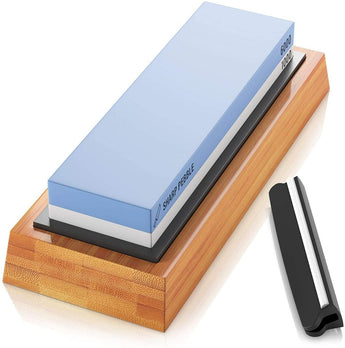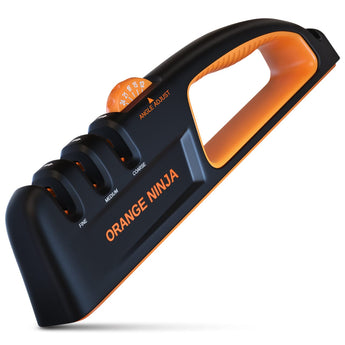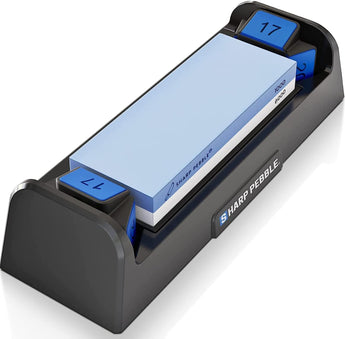If you consider yourself a knife aficionado, we’re willing to bet quite a bit that you don’t think very highly of mass-produced grocery store knives. Well, in their defense, those knives aren’t meant to become a part of a knife connoisseur’s collection.
Today, we’ll discuss with some key differences between these two knife categories.
You see, mass-produced knives are made to provide the greatest bang for the buyers’ buck. The manufacturers’ core purpose is to make a knife that will last for the longest possible period without giving in to the daily abuse and wear and tear of kitchen use. Not only it keeps the buyer happy but it also helps the brand make more money by minimizing returns.
Here are some of the compromises that mainstream knife manufacturers make in order to hit their bottom-line goals:
-
Steel: Steel is the foundation of a knife. The steel used by mainstream knife factories is usually altered towards a higher degree of wear and rust resistance than edge retention. For the average kitchen user, this works well because of the constant moisture contact. The manufacturer achieves this by heat-treating the steel. However, the increased wear-resistance comes at a price, which is softer steel. This means the blade will not hold its edge for longer and you will be sharpening your knives a lot more.
The Rockwell hardness scale score is a good indication of how good the steel is at holding an edge. If superior edge retention is your preference then you should opt for a knife with a Rockwell score of above 56. The reason why Japanese knives have a razor-sharp edge is because they usually have a Rockwell score between 61 and 64. Ideally, you should look for a score between 58 and 62 as if offers the best balance superior edge retention and brittleness safety.
-
Factory edge angles: Most mass-produced knives carry an angle between 22-25 degrees on each side. This is a very wide-angle and is not optimum to offer sharpness or precision for that matter. The added heft to the edge is supposed to make it stronger and last longer, which to a certain extent is true, but then again most of the usual kitchen cooks out there aren’t after sushi chef precision. They chop, dice and then chuck away the knife into the sink. When you consider these factors, the chunkier edge starts to make a lot more sense.





Thanks again Salma for the education update. Really enjoy them.
what is your go yo knife in the kitchen
Thank you for the insight; makes the whole knife buying process much more understandable. Do you have a favorite knife brand?